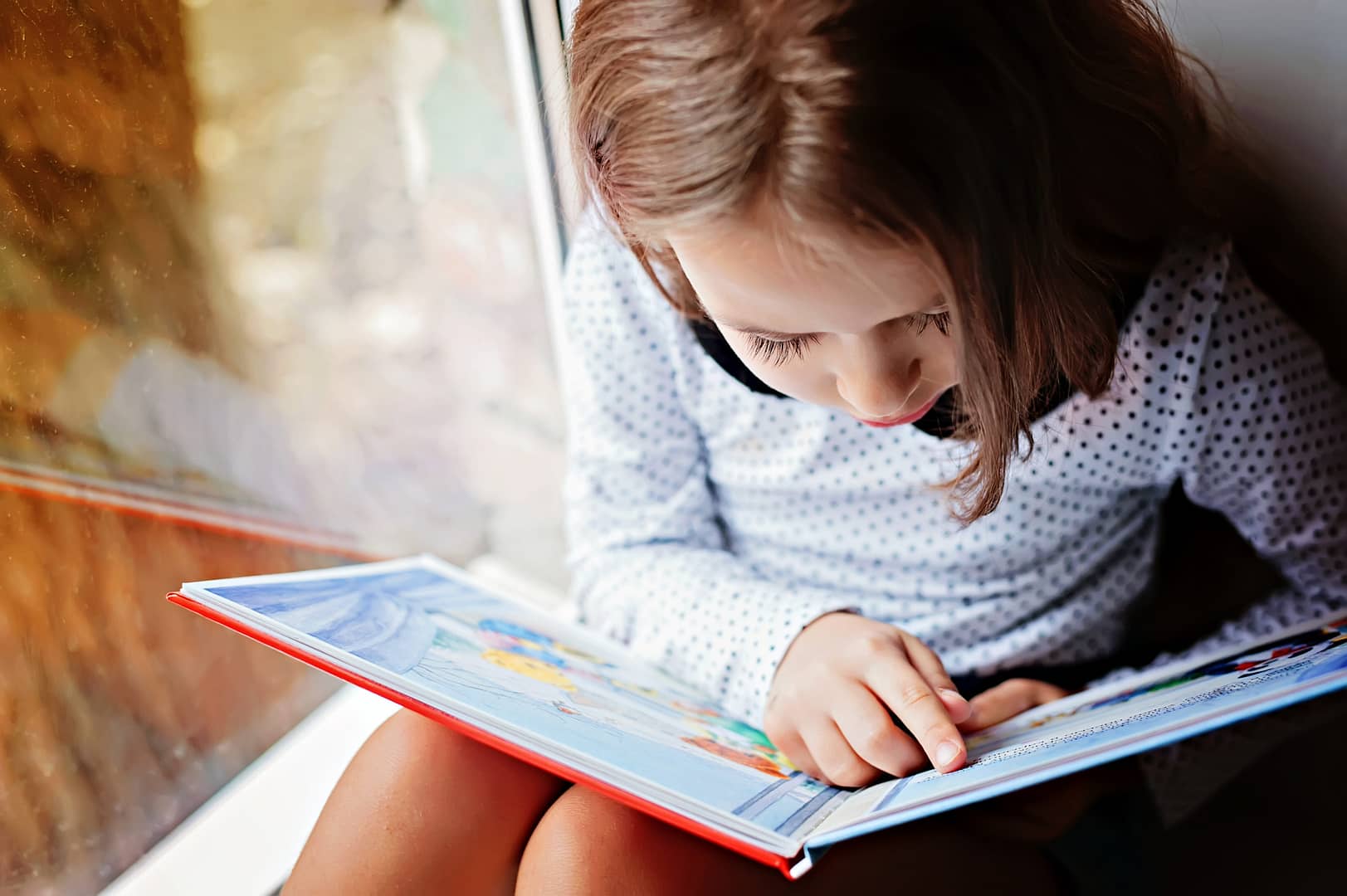World Book Day is just around the corner, and it’s the perfect opportunity to get children excited about reading!
At Kapow Primary, we have a range of activities that will help you celebrate this special day.
There are countless ways to celebrate with your pupils, from using music to explore stories to creating art based on your favourite characters. We’ve shared some of our favourite activities using our schemes. Each one is designed to inspire creativity, encourage reading, and promote a love of literature among children.
So, read on for fun and educational ways to celebrate World Book Day with your pupils!
Want even more ideas?
- As a class, decorate a story chair with your own images and words.
- Create a quiz about your class book and have pupils vote on the answers.
- Make props and masks to help act out a part of a book.
- Hold a school competition for the best character drawing, with the prize being some books chosen by the children.
- Play a game of character charades, where you act as the book character, and others have to guess who you are.
- Make a giant card book, with each child adding a picture to make it look like an enormous comic book.
- School writing relay – EYFS will write the story’s first page as a class, then pass it on to Year 1. This continues up the school until each class has contributed to it. The final version is then read out during assembly.
- Listen to the soundtrack of a film based on a book and guess what is happening through discussion, drawing or writing your own version.
- Compose a tune for a character from your book which represents their personality.
- Read blurbs of familiar books in French and try to guess which book they are about.
Take photos of you and your pupils participating in our World Book Day 2024 activities! Share them with us. We’d love to see them!
Books mentioned in this post:
- The Very Hungry Caterpillar by Eric Carle
- The Twits by Roald Dahl
- The Gruffalo by Julia Donaldson
- Harry Potter Series by J. K. Rowling
- Charlie And The Chocolate Factory by Roald Dahl
- The Giant Jam Sandwich by Janet Burroway and John Vernon Lord
- Toto In Spain by Biddy Strevens Romer

